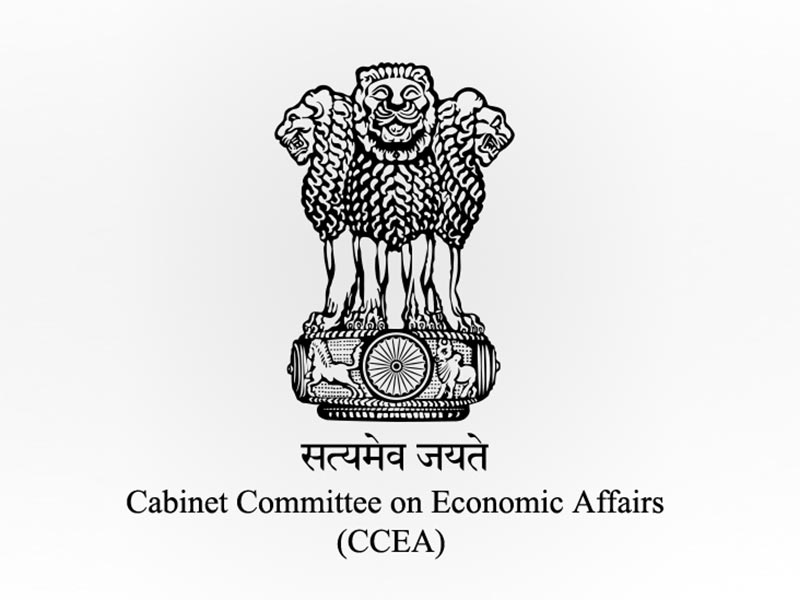
ISSUE OF SUBSIDY: FERTILISERS
WHY IN NEWS?
- The Centre is working on a plan to restrict the number of fertiliser bags that individual farmers can buy during any cropping season.
FERTILISER SUBSIDY:
- Farmers buy fertilisers at Maximum Retail Prices (MRP) below their normal supply-and-demand-based market rates or what it costs to produce/import them.
- For example, the MRP of neem-coated urea is fixed by the government at Rs. 5,922.22 per tonne, whereas its average cost-plus price payable to domestic manufacturers and importers comes to around Rs. 17,000 and Rs. 23,000 per tonne, respectively.
- The difference, which varies according to plant-wise production cost and import price, is footed by the Centre as subsidy, which goes to the companies.
- The MRPs of non-urea fertilisers are decontrolled or fixed by the companies. However, the Centre pays a flat per-tonne subsidy on these nutrients to ensure reasonable prices.
- The per-tonne subsidy ranges from Rs. 10,231 to Rs. 24,000 for different types of fertilisers.
- Decontrolled fertilisers retail way above urea, as they attract lower subsidy.
- In April 2020, the Cabinet Committee on Economic Affairs (CCEA) cut the subsidy for non-urea fertilisers, which was about 3% lower than the previous year.
LOOPHOLES:
- Currently, the Centre follows a “no denial” policy where anybody, non-farmers included, can purchase any quantity of fertilisers through the PoS machines.
- It allows for bulk buying by unintended beneficiaries, who are not genuine or deserving farmers.
- There is a limit of 100 bags that an individual can purchase at one time but it does not stop anyone from buying any number of times.
REASONS BEHIND RESTRICTION PLAN:
- The main motive is to curb diversion, which is natural with any under-priced product.
- For example, urea whose basic MRP (excluding taxes and neem-coating cost) has been raised by hardly 11% since April 2010.
- Being super-subsidised, urea is always prone to diversion for non-agricultural use.
- For example, it is used as a binder by plywood/particle board makers, cheap protein source by animal feed manufacturers or adulterant by milk vendors, apart from being smuggled to Nepal and Bangladesh.
PROPOSED MEASURES:
- Discussions are going on to cap the total number of subsidised fertiliser bags that any person can buy during an entire Kharif or Rabi cropping season.
- It is expected that it would end even retail-level diversion and purchases by large buyers masquerading as farmers.
- A reasonable cap for a total of 100 bags only once would easily cover the seasonal requirement of a 20-acre farmer. Those wanting more can well afford to pay the unsubsidised rates for the extra bags.
WAY FORWARD
- This is, perhaps, the only sustainable solution to prevent diversion and also encourage the judicious application of fertilisers, with the right nutrient (macro and micro) combination based on proper soil testing and crop-specific requirements.
